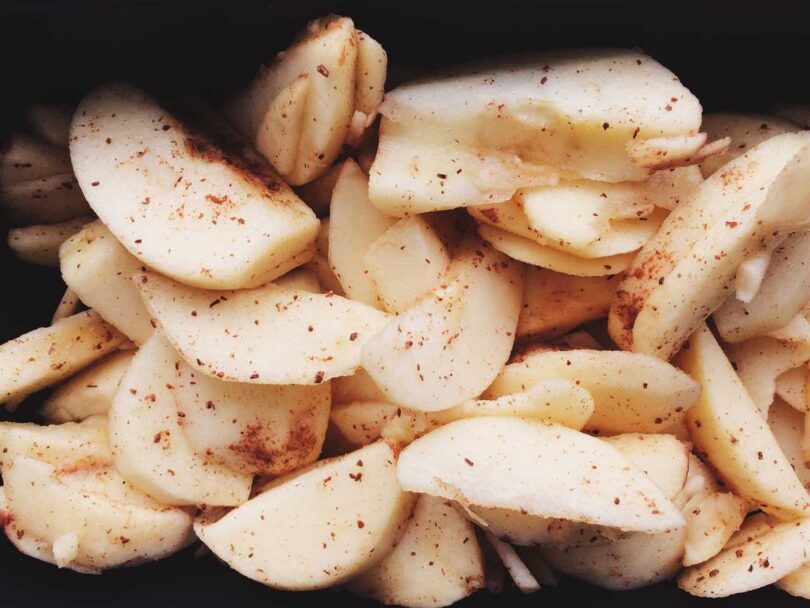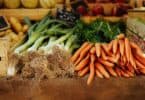In the world of culinary mastery, sharp knives are the unsung heroes, allowing for faster and safer food preparation. With a firm pinch grip and a wet cloth beneath the chopping board, one can confidently wield a knife like a seasoned chef.
From chopping onions to peeling ginger, this article delves into the techniques and hacks that will elevate your cooking skills. Whether you’re juicing citrus fruits or perfecting your pastry game, these tips and tricks will empower you to unleash your creativity in the kitchen.
Key Takeaways
- Sharp knives are essential for faster and safer food preparation.
- The pinch grip is the correct and safest way to hold a knife when chopping.
- Use a wet cloth under the chopping board to prevent slips.
- Practice proper chopping techniques for onions, root vegetables, and garlic.
The Importance of Sharp Knives
Sharp knives are crucial in the kitchen as they allow for faster and safer food preparation. The importance of knife maintenance cannot be overstated. Regular sharpening and honing ensure that the blades remain sharp, reducing the risk of accidents caused by dull knives.
Additionally, proper knife grip and technique play a significant role in enhancing safety and efficiency. The pinch grip, where the thumb and index finger hold the blade while the other fingers grip the handle, provides better control and minimizes the chances of the knife slipping. It is essential to maintain a firm grip on the knife and use smooth, controlled motions when slicing or chopping.
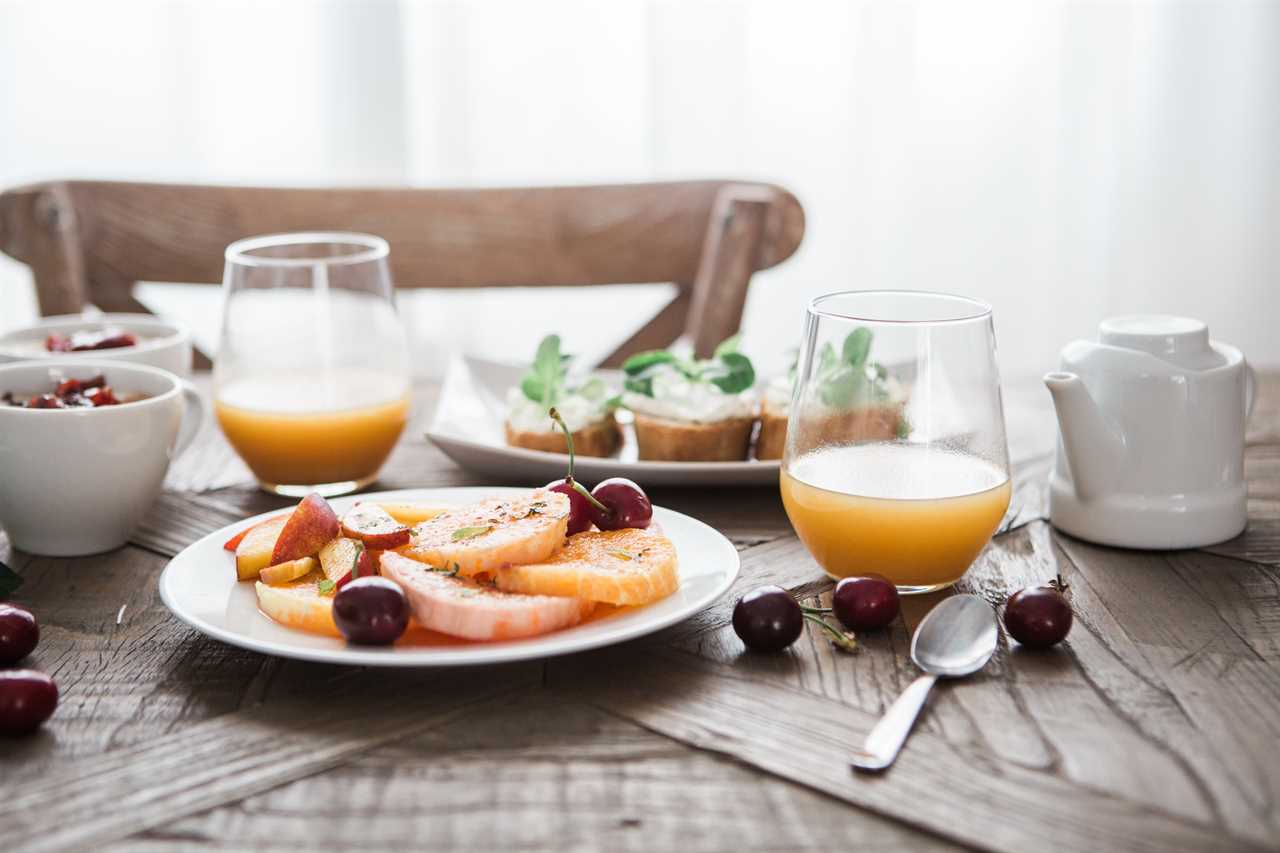
Mastering Chopping and Peeling Techniques
Using the pinch grip and slicing towards the root, one can efficiently and safely chop an onion in half through the root without cutting through it. This technique is essential for mastering chopping and peeling techniques in the kitchen.
To ensure the longevity and effectiveness of the knife, proper maintenance and care are crucial. Regularly sharpening the blade and storing it in a knife block or sheath can prevent dullness and accidents.
Additionally, different types of cuts are necessary for different ingredients. For example, when slicing root vegetables, flattening one side and angling the knife away from you while cutting ensures even and consistent pieces.
Understanding these techniques and investing in knife maintenance will empower cooks to create culinary masterpieces with ease and precision.
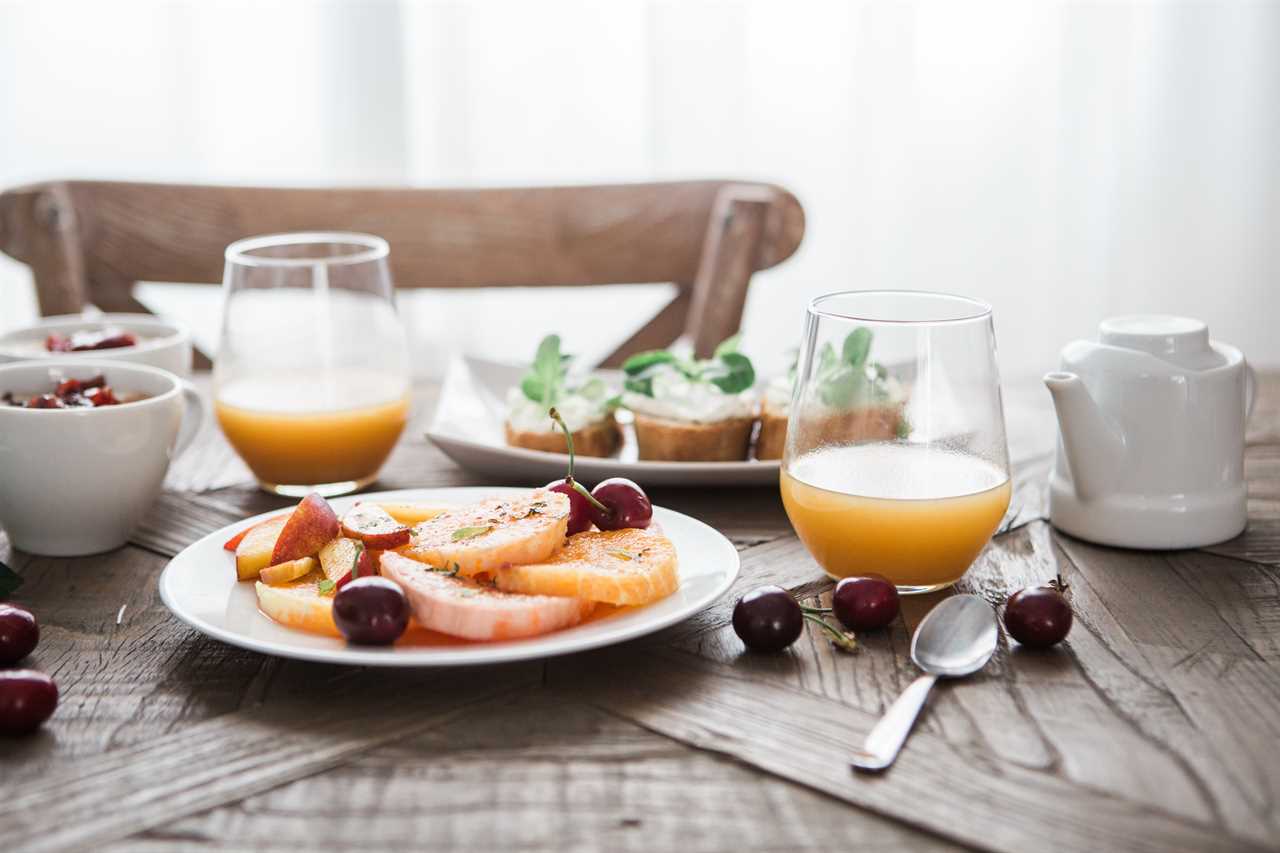
Juicing and Zesting Citrus Made Easy
Rolling lemons or limes on a surface before juicing them can make the extraction process easier. This simple technique helps to break down the membranes inside the fruit, releasing more juice when squeezed. It is a handy trick to have up your sleeve, especially when making citrus juice recipes or adding a burst of tangy flavor to your dishes.
But juicing isn’t the only way to utilize citrus fruits. The zest, or the outermost layer of the peel, is packed with aromatic oils that can elevate your culinary creations. Get creative with citrus zest by using it in cocktails, baked goods, marinades, or even as a finishing touch on savory dishes. With a little bit of citrus zest, you can add a bright and refreshing twist to any recipe.
Baking Tips and Tricks
To achieve a perfectly lined cake tin, wet baking parchment can be easily prepared by running it under tap water and squeezing out the excess moisture. This simple trick ensures that the parchment sticks to the sides of the tin, preventing the cake batter from sticking and creating a mess. When it comes to baking, it’s important to have a few tricks up your sleeve to troubleshoot common baking problems and make substitutions when needed. Here are some handy tips:
| Baking Substitutions | Troubleshooting Common Baking Problems |
|---|---|
| Applesauce for oil | Flat cake: check if the leavening agents are fresh |
| Greek yogurt for butter | Soggy bottom: place a baking sheet under the tin to absorb excess moisture |
| Buttermilk for milk | Dry or crumbly texture: add a bit more liquid or fat to the batter |
These substitutions can be a lifesaver when you’re missing an ingredient or trying to lighten up a recipe. And when you encounter baking problems like a flat cake or a dry texture, these troubleshooting tips will help you salvage your baked goods. So don’t be afraid to experiment and make adjustments along the way to achieve baking success.
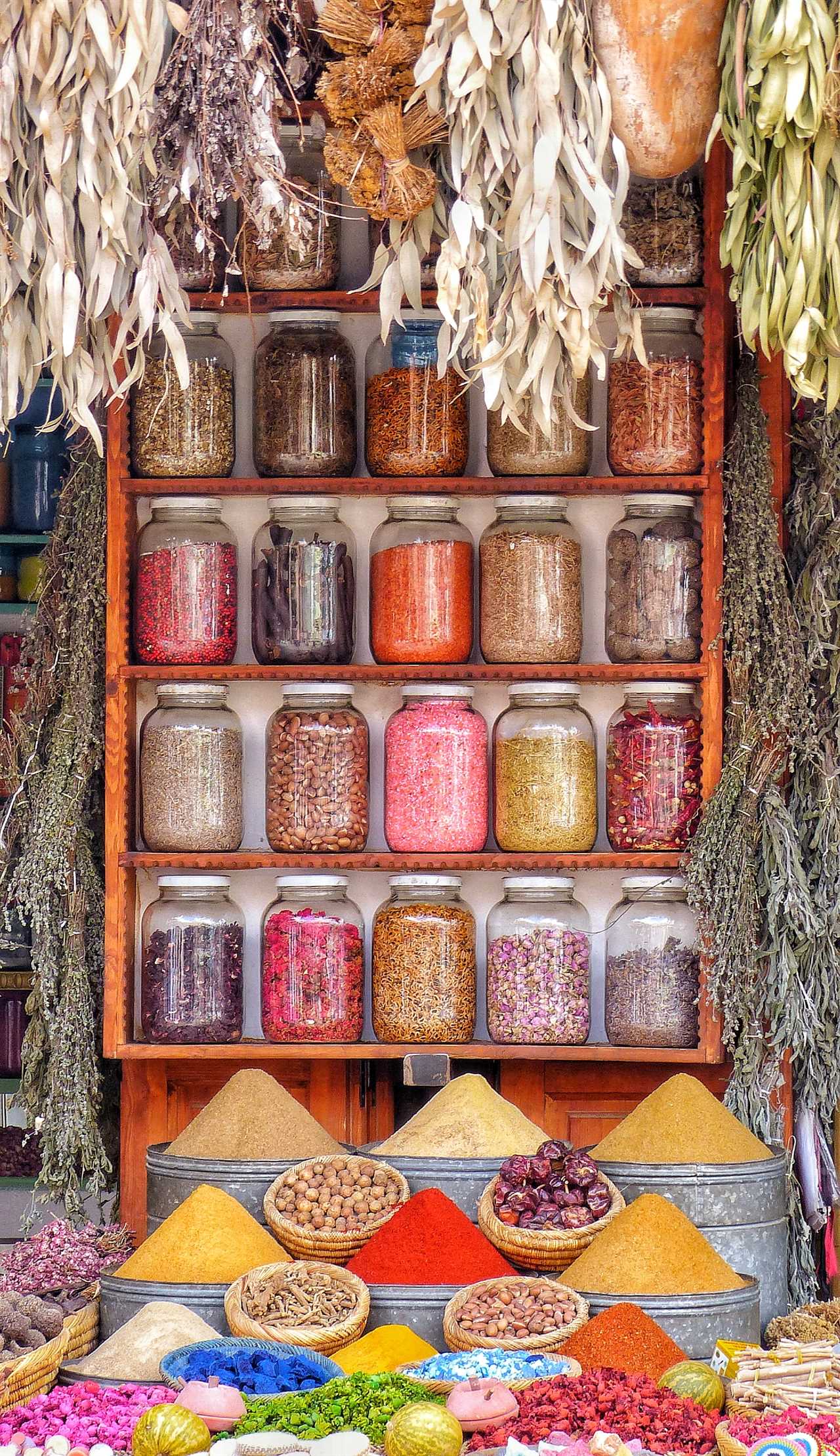
Perfecting Kneading Technique for Bread Dough
When perfecting the kneading technique for bread dough, it is important to knead the dough until it has a silky, smooth texture and does not tear when stretched. This ensures that the gluten in the dough is properly developed, resulting in a light and fluffy bread.
However, many home bakers encounter common kneading mistakes that can lead to disappointing results. Here are some tips for overcoming these mistakes and troubleshooting bread dough issues:
-
Do not over-knead the dough, as this can lead to a tough texture.
-
If the dough is too sticky, add small amounts of flour gradually until it reaches the desired consistency.
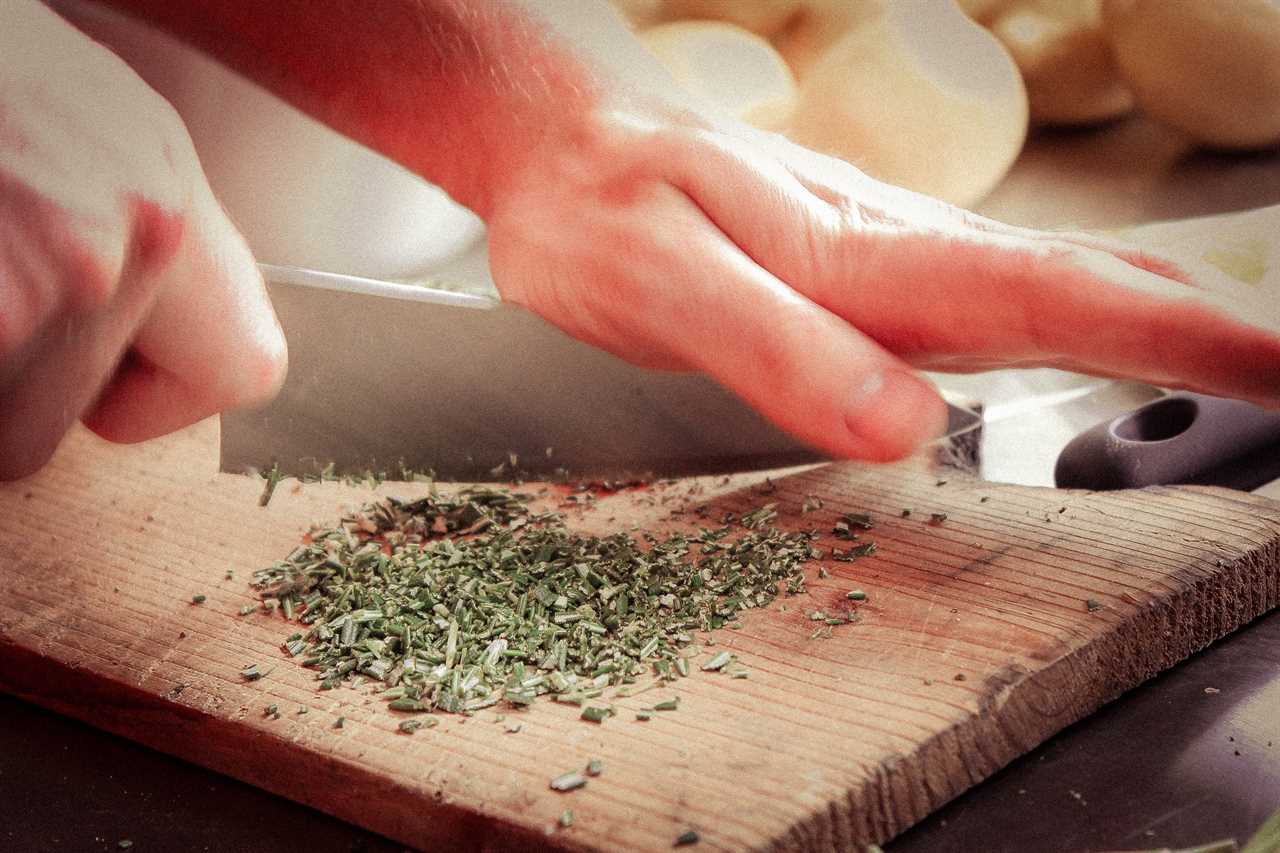
-
If the dough is too dry and crumbly, add small amounts of water or liquid ingredients gradually until it becomes more pliable.
Rescuing Dishes From Common Mistakes
In the kitchen, mistakes can happen to even the most experienced cooks. But fear not, there are ways to rescue dishes from common errors and prevent food waste. By employing flavor balancing techniques, you can salvage dishes and turn them into culinary delights.
Here are a few tips to help you rescue your cooking:
-
Masking high salt content: Add lemon juice, white wine vinegar, or sugar to counteract excessive saltiness in dishes.
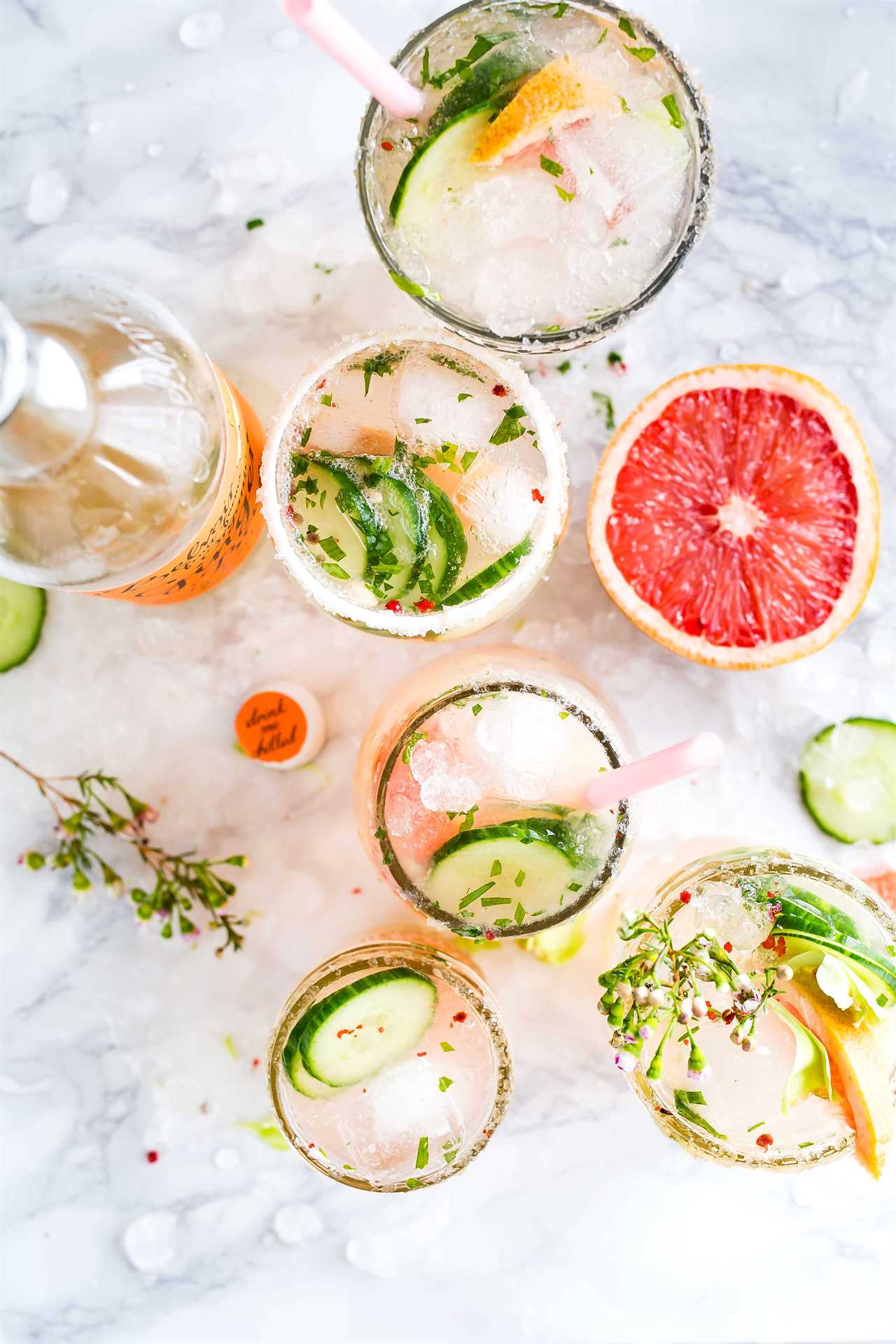
-
Eliminating burnt smells: If you accidentally burn your food, quickly place it in cold water to stop the smell from permeating the kitchen.
-
Fixing curdled sauces or dressings: Whisk in warm vinegar or water to bring back the smooth texture of curdled sauces or dressings.
Mastering Emulsion Sauces: Mayo and Hollandaise
Whisking in warm vinegar or water can bring back the smooth texture of curdled sauces or dressings. This simple technique can rescue a sauce that has separated or become lumpy, saving you from having to start over.
When troubleshooting emulsion sauces like mayo and hollandaise, it’s important to know that they can sometimes curdle or break due to various factors such as temperature or improper mixing. By adding a tablespoon of white wine or water to yolks before whisking in the rest for mayo, or two tablespoons of white wine per yolk for hollandaise, you can help stabilize the emulsion.
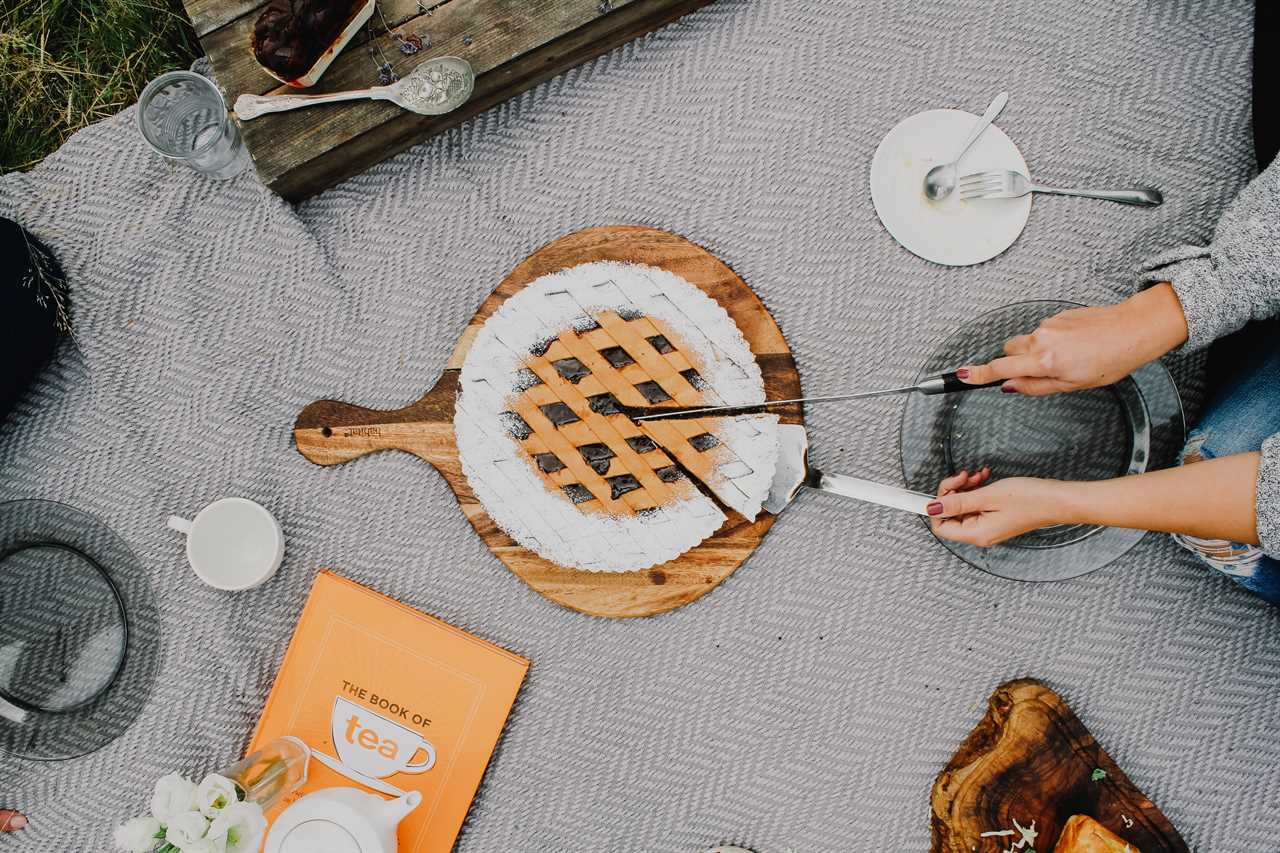
Additionally, mayo and hollandaise can be used as versatile ingredients in other dishes, such as a creamy base for sandwich spreads or a tangy topping for grilled vegetables.
Cooking Rice and Noodle Hacks
In the realm of culinary skills and kitchen hacks, mastering the art of cooking rice and exploring noodle hacks are essential.
When it comes to cooking rice, there are different methods to achieve that perfect fluffy texture. Rinsing the rice twice to remove excess starch and measuring water by covering the rice and placing the tip of your index finger on top are key steps. Cooking rice in a non-stick pan on the stove, covering it, bringing it to a boil, and then simmering until all the water is evaporated ensures a delectable outcome.
As for noodle hacks, choosing the right noodles for stir-frying is crucial. The best noodles for this purpose are those that can withstand high heat and maintain their shape and texture. Additionally, getting creative with noodle recipes can elevate any dish to new heights. From stir-fried noodles with vegetables and protein to noodle salads with vibrant dressings, the possibilities are endless.
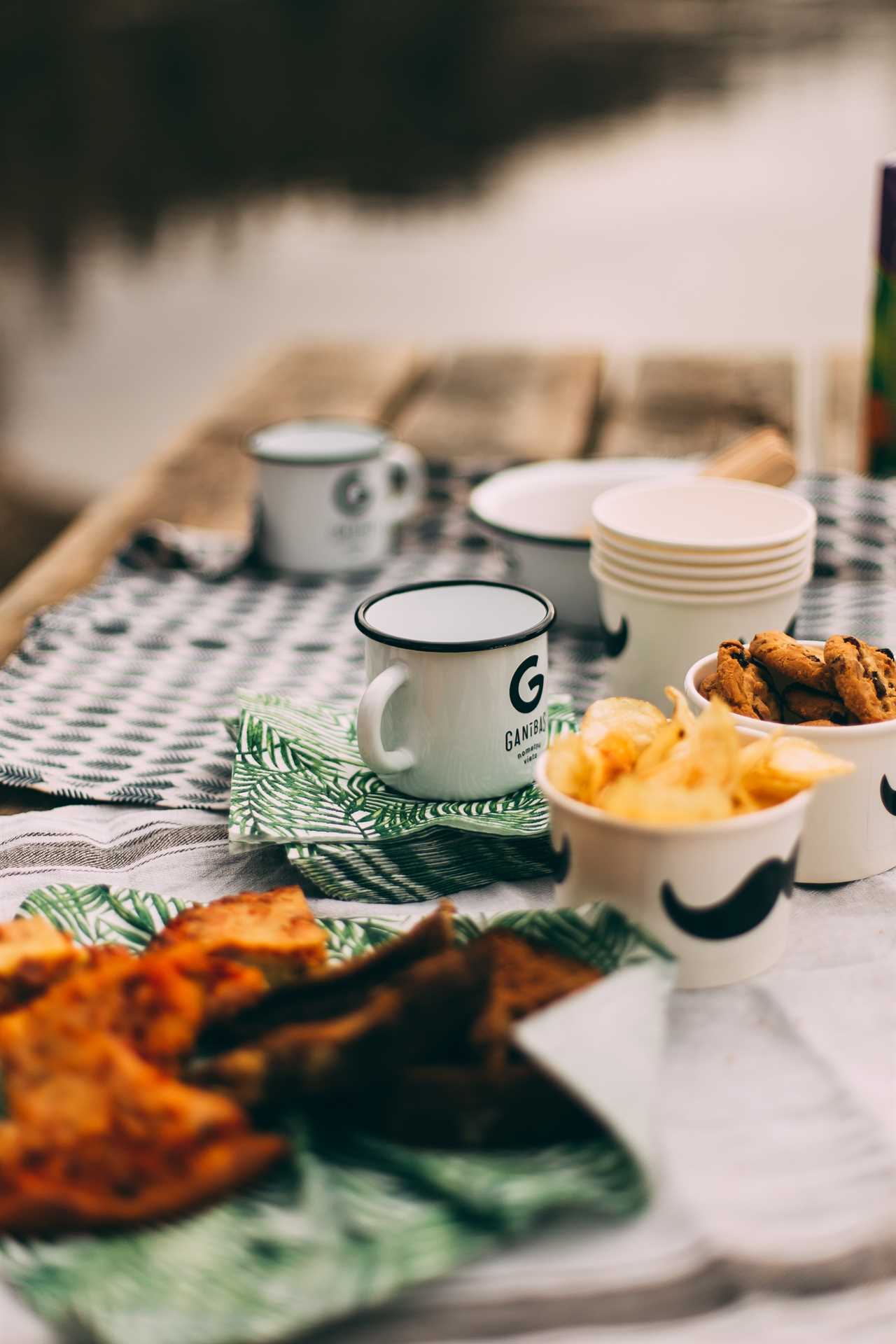
Frequently Asked Questions
How Do You Properly Season Food to Enhance Its Overall Flavor Profile?
Proper seasoning techniques are essential to enhance the overall flavor profile of food. It involves using salt, pepper, herbs, and spices at every stage of cooking. By tasting and adjusting the seasoning as needed, one can achieve a well-rounded and delicious dish.
Balancing flavors is key, assessing the saltiness, acidity, depth of flavor, fat content, and spice. Adding ingredients like lemon, vinegar, pepper, chili, parmesan, soy sauce, butter, or olive oil can transform food into an invigorating experience.
What Is the Importance of Tasting While Cooking and How Can You Adjust Flavors?
Tasting while cooking is crucial to creating a well-balanced and satisfying dish. It allows the chef to assess the saltiness, acidity, depth of flavor, fat content, and spice levels of the dish.
By adjusting flavors with ingredients like lemon, vinegar, pepper, chili, parmesan, soy sauce, butter, or olive oil, one can achieve the desired taste.
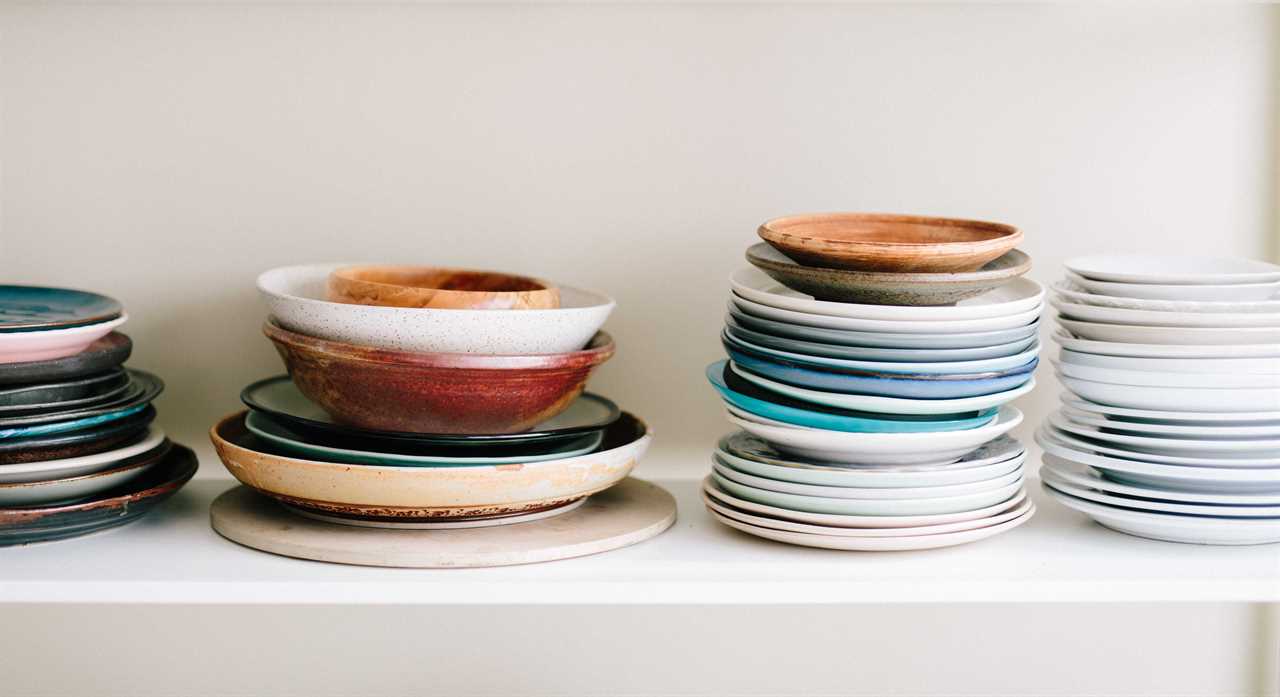
Experimenting with different spices is also important as it adds complexity and depth to the dish, enhancing the overall flavor profile.
Why Is It Important to Organize Ingredients Before Cooking and What Is the Concept of Mise En Place?
Organizing ingredients before cooking is crucial for a smooth and efficient culinary experience. The importance of organization lies in the concept of mise en place, which means ‘everything in its place.’
What Are Some Frequently Asked Questions About Searing Meat and Achieving a Crisp Sear?
When it comes to searing meat and achieving a crisp sear, many people have questions about the best techniques and how to achieve a perfect crust.
It is important to pat dry the proteins before cooking as this ensures a crisp sear and enhances the flavor and texture. This step is crucial for meat preparation and can result in professional-quality results.
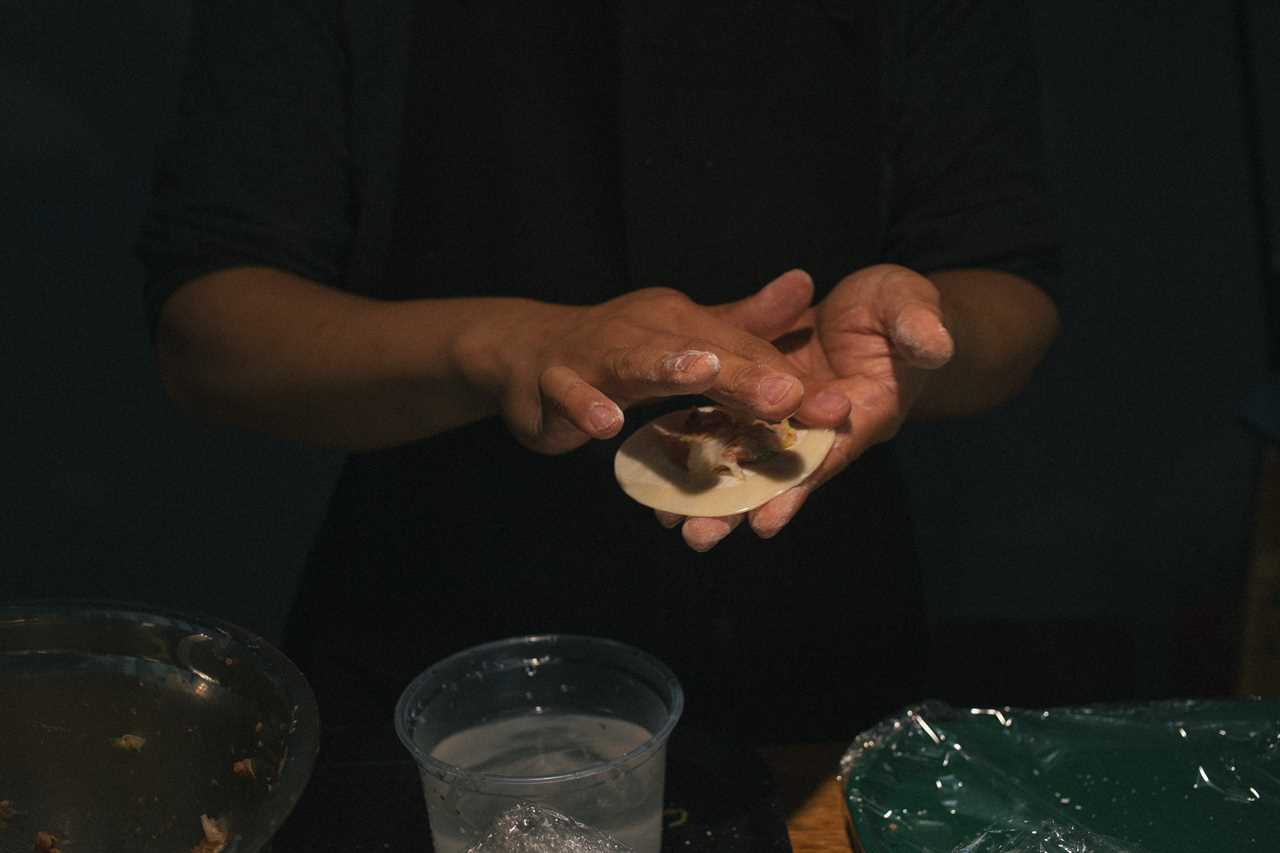
Can You Provide Some Tips on Pickling Vegetables, Including the Best Vegetables to Use and the Process Involved?
Pickling vegetables is a great way to preserve and enhance their flavors. The best vegetables for fermenting include cucumbers, beets, carrots, radishes, turnips, and celeriac.
Quick pickling tips include using a 3-2-1 ratio of water, vinegar, and sugar, fully submerging the vegetables in the pickling liquor, and storing them in a dry, dark room for about a month.
Regularly check and taste the pickles to achieve the desired flavor and acidity. Pickling vegetables is a fun and creative way to add a tangy twist to your dishes.

